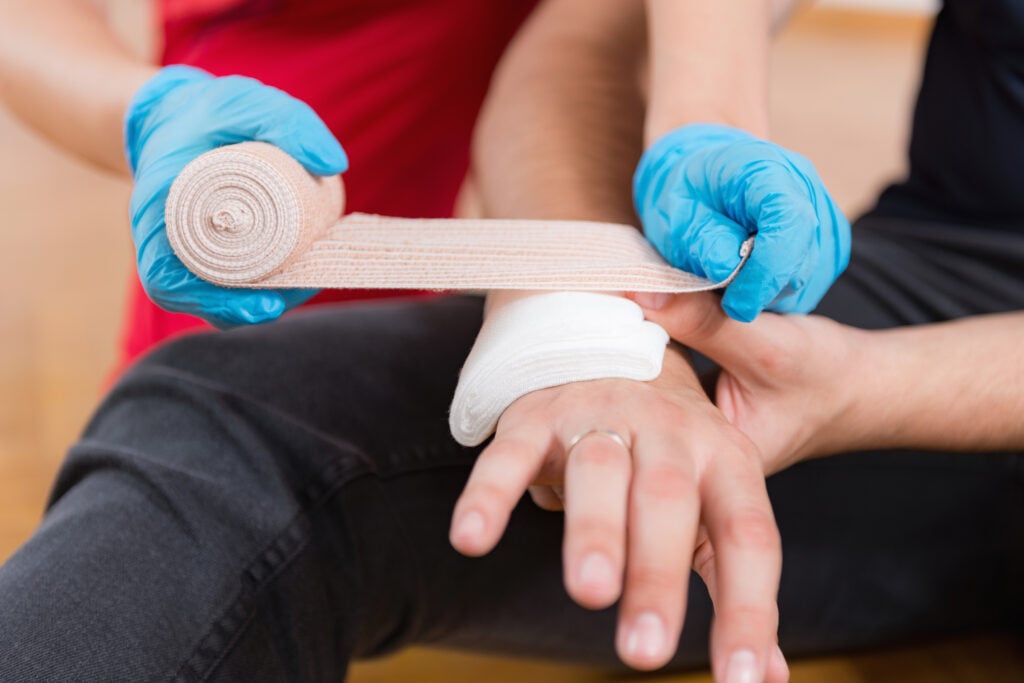January 17, 2025
First Aid Myths Busted: What You Should and Shouldn’t Do in an Emergency

January 17, 2025

How you react in the first few seconds can make all the difference between a minor scare and a major emergency. Knowing how to deliver first aid with confidence is a total game changer, whether you’re dealing with paper cuts or full-on emergencies. It’s not just about slapping on a bandage, it’s about being cool under pressure and ready to act.
So ask yourself, are you really ready? Do you know where the first aid kit is hiding? Could you handle a burn, a deep cut, or a coworker choking on their sad desk lunch? It’s time to gear up with know-how and step into hero mode.
OSHA’s not messing around, if a medical facility isn’t right around the corner, you need a trained first-aid responder on site. That means YOU or someone you trust should be able to step up when things go sideways.
Here’s the rapid-response game plan:
Pro tips:
Prioritize the breathless, the bleeding, the unconscious. Timing is everything.
Wounds and Impalements:
Burn Basics:
Blister Logic:
For sprains and strains: Rest, Ice, Compression, Elevation. Add snacks for comfort.
Fractures and breaks: Immobilize, don’t improvise. Wait for the pros.
Eyes: Flush, don’t rub. Shield and get help.
Mouths: Watch for blocked airways. Control the bleeding, protect the teeth.
Animal and bug drama: Clean it, treat it, wrap it.
Anaphylaxis: EpiPen, calm vibes, call 911. In that order.
Choking: Heimlich or back blows. Self-rescue? Use a chair edge.
Chest pain, nausea, shortness of breath? That’s your cue. Help them with meds and get the medics rolling.
Electrocution or cardiac arrest? Scene safe? Then CPR and AED ASAP.
Shock: Legs up, victim warm, vibes calm.
Heat stroke: Cool them down, fluids if they’re awake, and ditch the blanket.
Hypothermia: Dry them off, warm them up. Focus on core areas.
Knowing how to save someone is great. Protecting yourself while doing it? Even better. Learn how to shield yourself with our PPE: Are You Covered Training Course. It’s the armor every workplace warrior needs.
This course covers foundational first aid concepts, but further training ensures greater readiness and confidence. Consider enrolling in our Advanced First Aid and Emergency Response Training Course for detailed guidance on workplace emergencies.